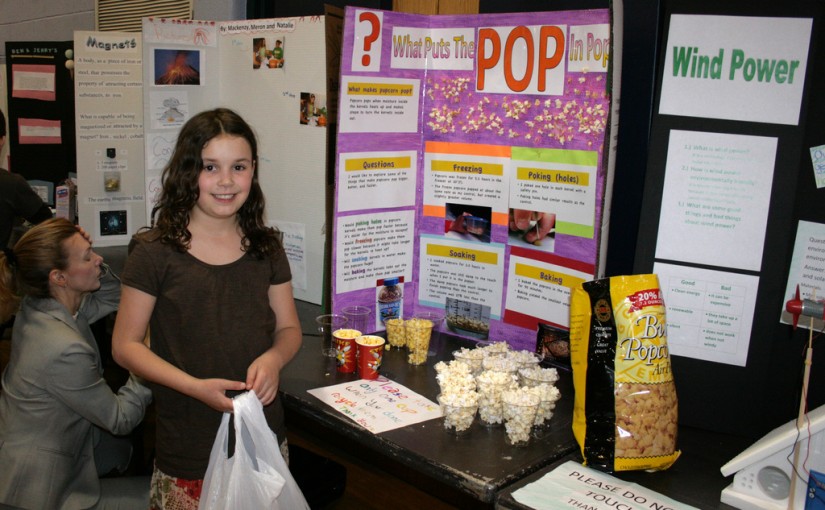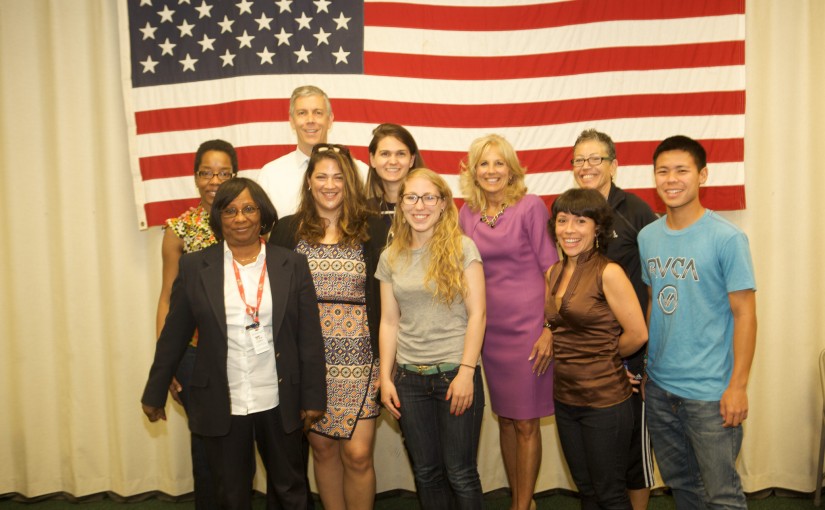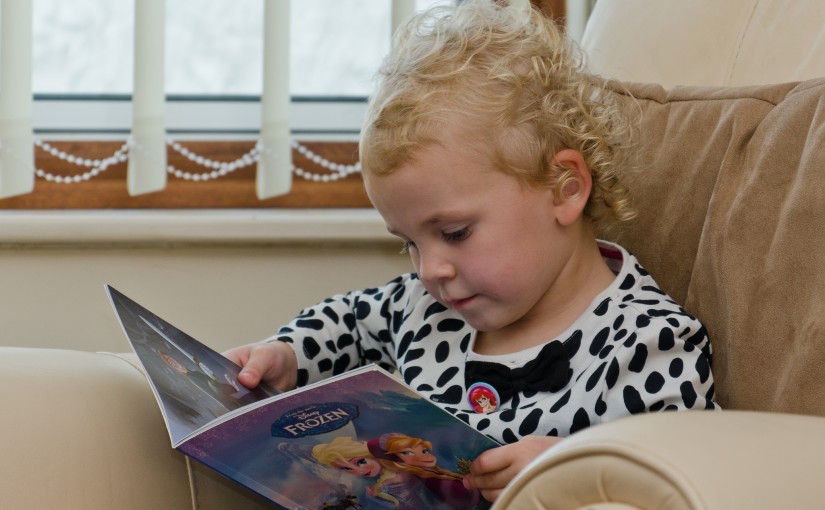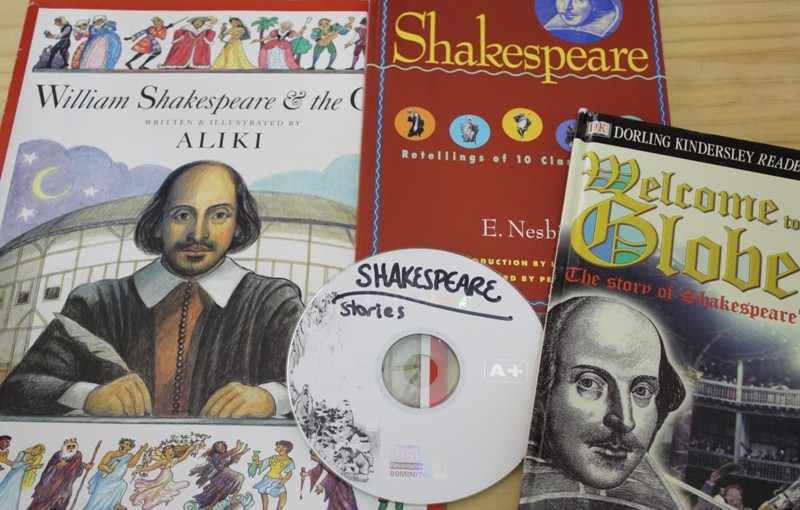Tag: Education
-

100 Awesome Science Fair Project Ideas
Science fairs are a fun and interactive way to learn about how the world works in an up-close and personal, hands-on manner that allows a person to showcase their favorite fields. But with so many interesting experiments in the world, how do you narrow your focus down to just one question you want to answer…
-

Mother’s Day Crafts for the Classroom
If you are a teacher, Mother’s Day is an excellent time to get your students’ creative juices flowing. Celebrating an important female relative in a child’s life, whether they are a mother or not, gives students both a chance to show those people how they feel and a chance to stretch their imaginations. As a…
-

Ten Teacher Appreciation Gift Ideas
When things get busy during the year, it can be easy to overlook what a fantastic job your child’s teacher is doing. Teachers put in much more time and effort than we might realize, often going above and beyond in order to give our kids a great education, so the end of the school year…
-

Promoting Summer Reading
Reading is more than a great way to pass the time. It expands vocabulary, develops empathy, and improves analytical skills. Research has also shown that how much a child reads over the summer has a strong correlation to how much they retain from last year’s lessons—the more a child reads, the less of a “summer…
-

Reading: 20 Top Tips for Teachers
Reading is an important part of anyone’s life, and for a child, the ability to read can help send them to different worlds full of adventure, fun, and education. Of course, we are not all born with a reading ability ingrained into our minds! Children must be taught how to read, and whether they learn…
-

The Origins of Earth Day
The origins of Earth Day are not very well known. The history is not taught in schools as it is for Christmas, Thanksgiving and even Columbus Day, and children are not expected to make little clay globes or plant seeds in honor of the holiday. In fact, it usually goes rather unnoticed overall. This article…
-

20 Ways to Teach a Child To Read
Learning to read a major milestone and rite of passage for any child. And yet, one in four children in American grow up without becoming literate, according to DoSomething.org. Weak reading skills makes it harder for a child to succeed in school and work, and is even linked to greater risk for dropping out of…
-

How School Libraries Boost Student Achievement
For over two decades, growing body of research has shown a close correlation between school libraries and student success. Without these resources, students don’t reach their potential and a greater gap grows between the highest performing children and disadvantaged students But improving performance doesn’t just come down to resources. One of the biggest factors had nothing to…
-

20 Ways to Spice Up Your Kids Lunchbox
Providing lunch for your children can be a challenge. Peanut butter and jelly sandwiches quickly get old and they are not the most healthy option. Packaged lunch alternatives often contain additives and preservatives as well as unnecessary amounts of trans-fats, salt and sugar. So, as a health-conscious parent who is attempting to provide a…
-

Shakespeare Made Fun
You’ve likely heard your students complain about Shakespeare before. Every teacher has. He is hard to read. His work is boring. His work is not easily relatable. As a teacher, you know these complaints are quite untrue except perhaps for the difficulty in reading Shakespeare’s English. But how do you share the joy of…